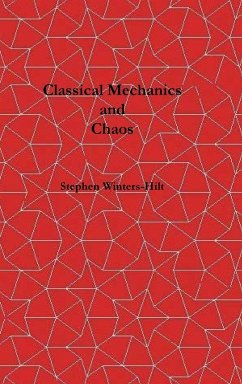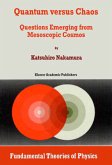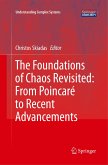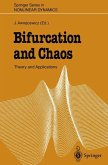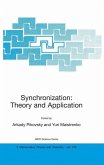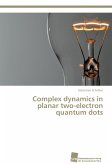This book provides a description of classical mechanics, starting with the classic formulations of point particle motion. It wasn't until classical mechanics was already well established that it was realized that there are two domains for motion in many systems: non-chaotic; and chaotic. This is a modern exposition of classical mechanics, thus including chaos theory, and including ties to later theoretical developments as well. The exposition consists, throughout, of the presentation of interesting problems with many solved, the others left for the reader. The problems are drawn from classical mechanics and mathematics courses taken at Caltech, Oxford, and the University of Wisconsin. The courses range from undergraduate level to advanced graduate level. The courses had a rich and sophisticated selection of textbook and reference material, as you might expect, and those reference texts are, similarly, drawn on here. As we progress through the material we will see that we are effectively studying ordinary differential equations (ODEs) of increasing complexity (corresponding to more complicated pendulum motion, for example, such as by adding a frictional force). This strong alignment with the underlying mathematics of ODEs motivates the placement of an appendix for a quick review of ODEs from the applied mathematics perspective. In addition to a modern exposition of the underlying ODE theory, with chaos included, the other main modern elements are to indicate where the classical mechanics theory can bridge into the theories yet to come, such as quantum mechanics and Special Relativity. There are five theoretical implementation areas of Classical Mechanics where Quantum Mechanics is trivially indicated (by analytic extension/continuation, or by algebraic modification from abelian to non-abelian), and such areas are described in detail. Similarly, there are three areas of experimental application where Special Relativity is indicated, that are also described.

